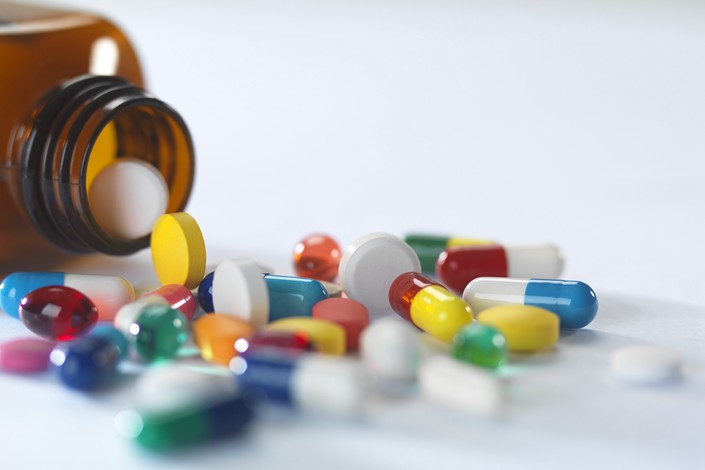China to Subsidize More Cancer Drugs

China is preparing to expand the number of cancer drugs for which patients can be reimbursed under national government-backed health insurance plans, with price negotiations scheduled to finish by the end of September, state media reported.
The new state medical insurance administration, which was set up in May, has identified drugs used to treat cancers — including non-small cell lung cancer, renal cell carcinoma and melanoma — for inclusion on the reimbursement list, the official Xinhua News Agency said (link in Chinese).
The administration is now confirming which drugmakers are willing to cut their prices as a condition of inclusion on the list, Xinhua reported, without specifying how many drugs or which companies are involved.
Making more cancer drugs eligible for reimbursement is authorities’ latest move to ease the financial burden on cancer patients, following the elimination of tariffs on cancer drug imports in May, which were previously subject to a tax of 4% to 6%.
China is one of the world’s largest markets for cancer treatments. In 2016, sales of anti-cancer drugs in China reached 102 billion yuan ($14.9 billion), accounting for 18% of the global market, according to market research firm IMS.
Even with the help of government-backed medical insurance plans, a cancer patient in China pays 220,000 yuan on average for treatment, 1.75 times an average family’s annual disposable income, according to a 2017 study by the Cancer Rehabilitation Society of the Chinese Anti-Cancer Association and Caixin’s health care news portal Health Point.
The government medical insurance authority vowed to renegotiate the price of the life-saving cancer drugs after a film released in July sparked wide discussion on the affordability of medicines. “Dying to Survive” is based on the true story of a Chinese leukemia patient who smuggled generic drugs from India into China because he and his fellow patients could not afford the brand-name versions approved for sale in the country.
The government has periodically updated the reimbursement list after reaching pricing agreements with pharmaceutical firms. The latest round of negotiations finished in July 2017, when 36 new drugs were added to the list for reimbursement.
Under the reimbursement system, medical expenses over a certain cost threshold are eligible for reimbursement by the government, up to a certain point. The national government issues a definition of the cost threshold and the cutoff point, but in practice there is significant variation at the local level.
The drugs included in the 2017 batch saw their retail prices before government reimbursement slashed by 44% on average after their inclusion. Half of the 36 drugs are used to treat cancers that include lung cancer, gastric cancer and breast cancer.
Contact reporter Coco Feng (renkefeng@caixin.com)
- MOST POPULAR







